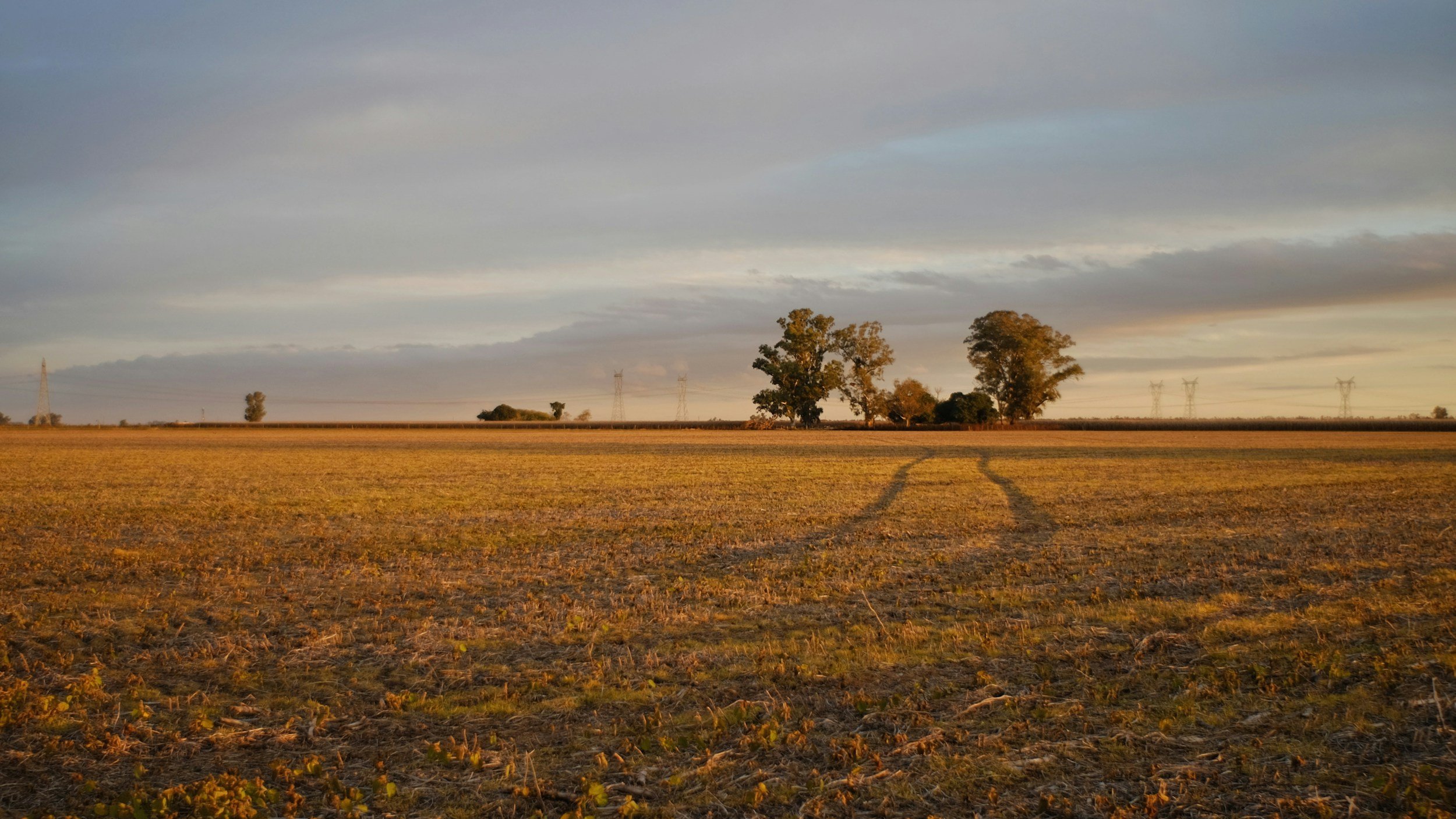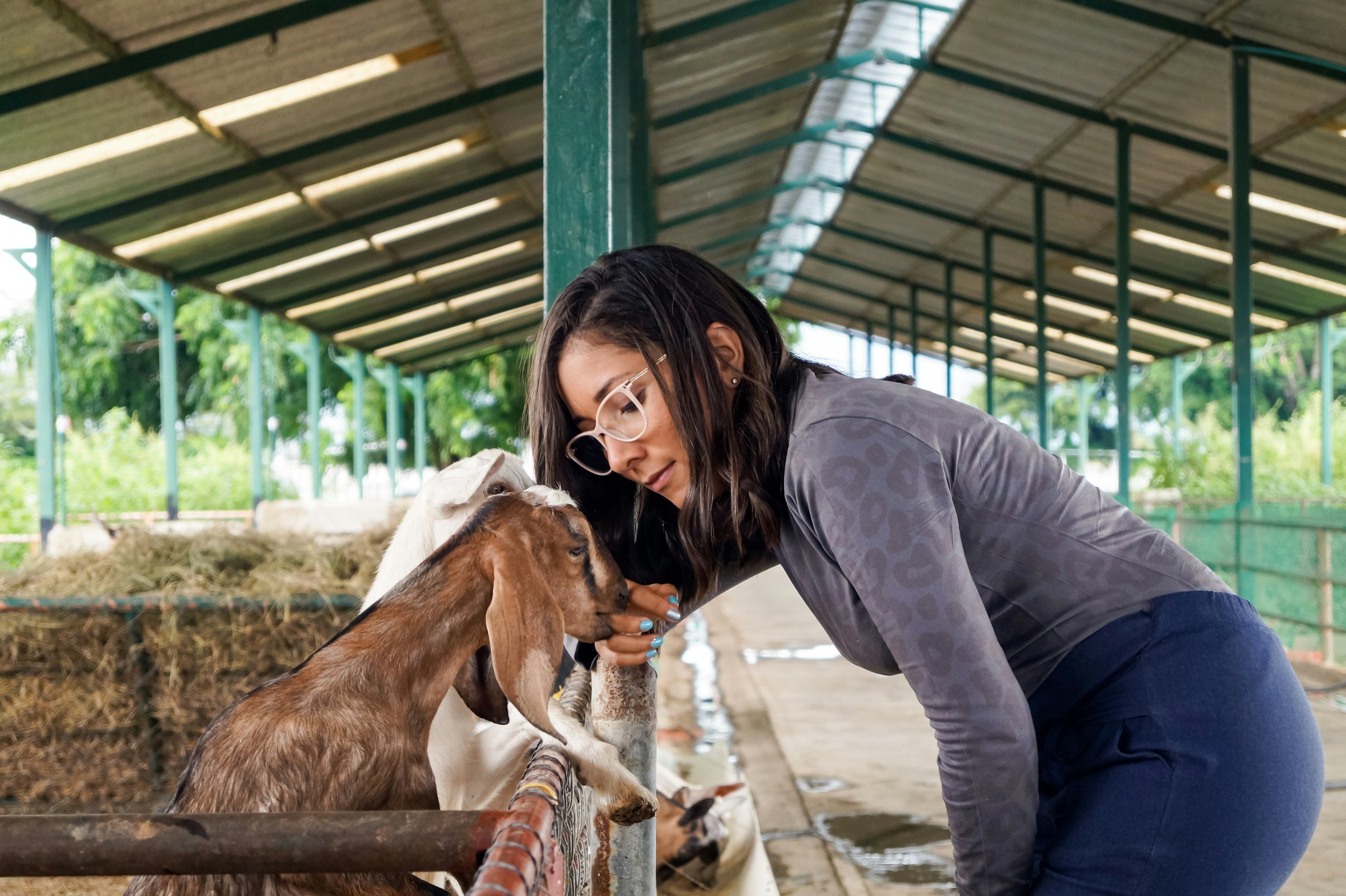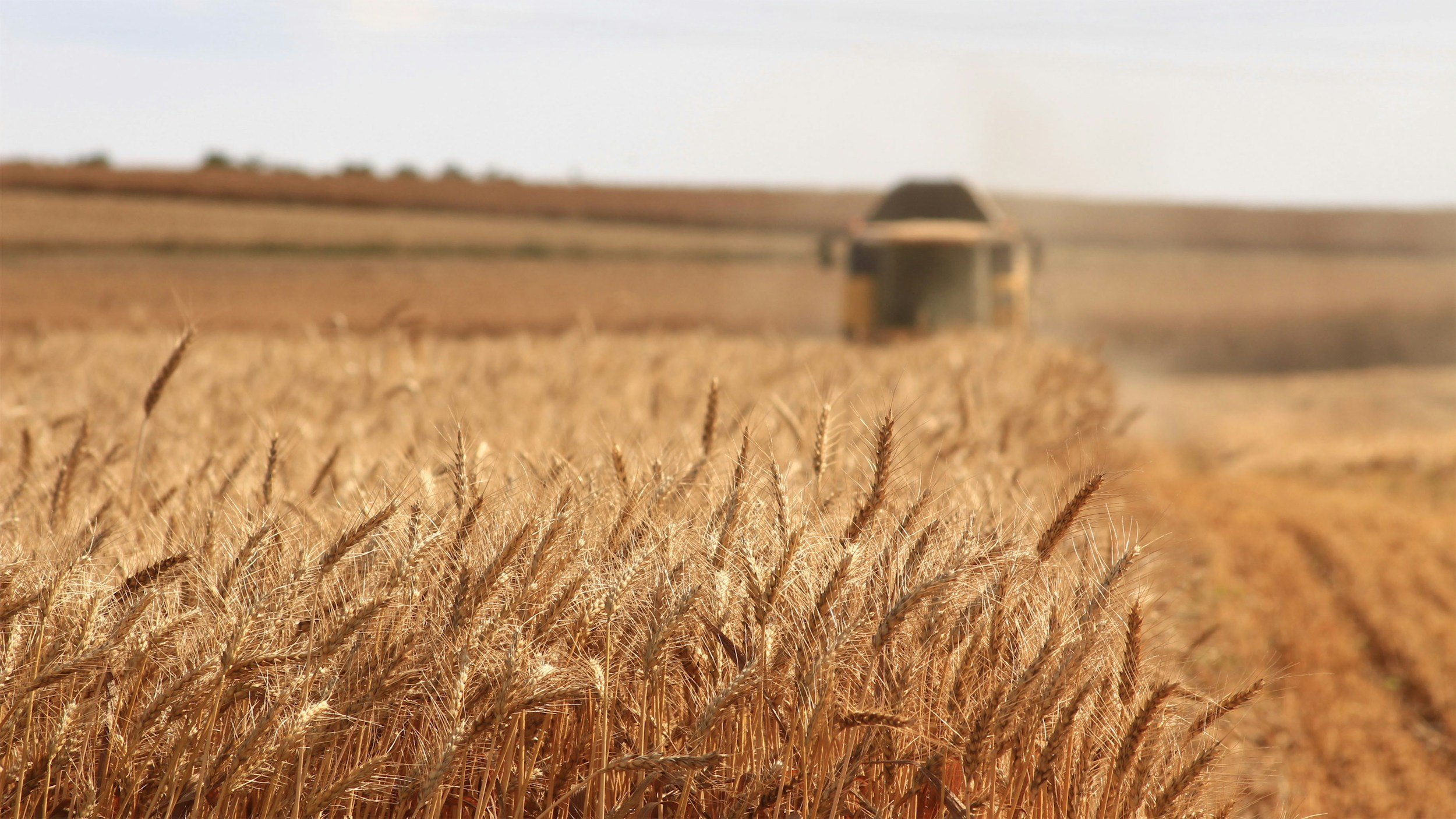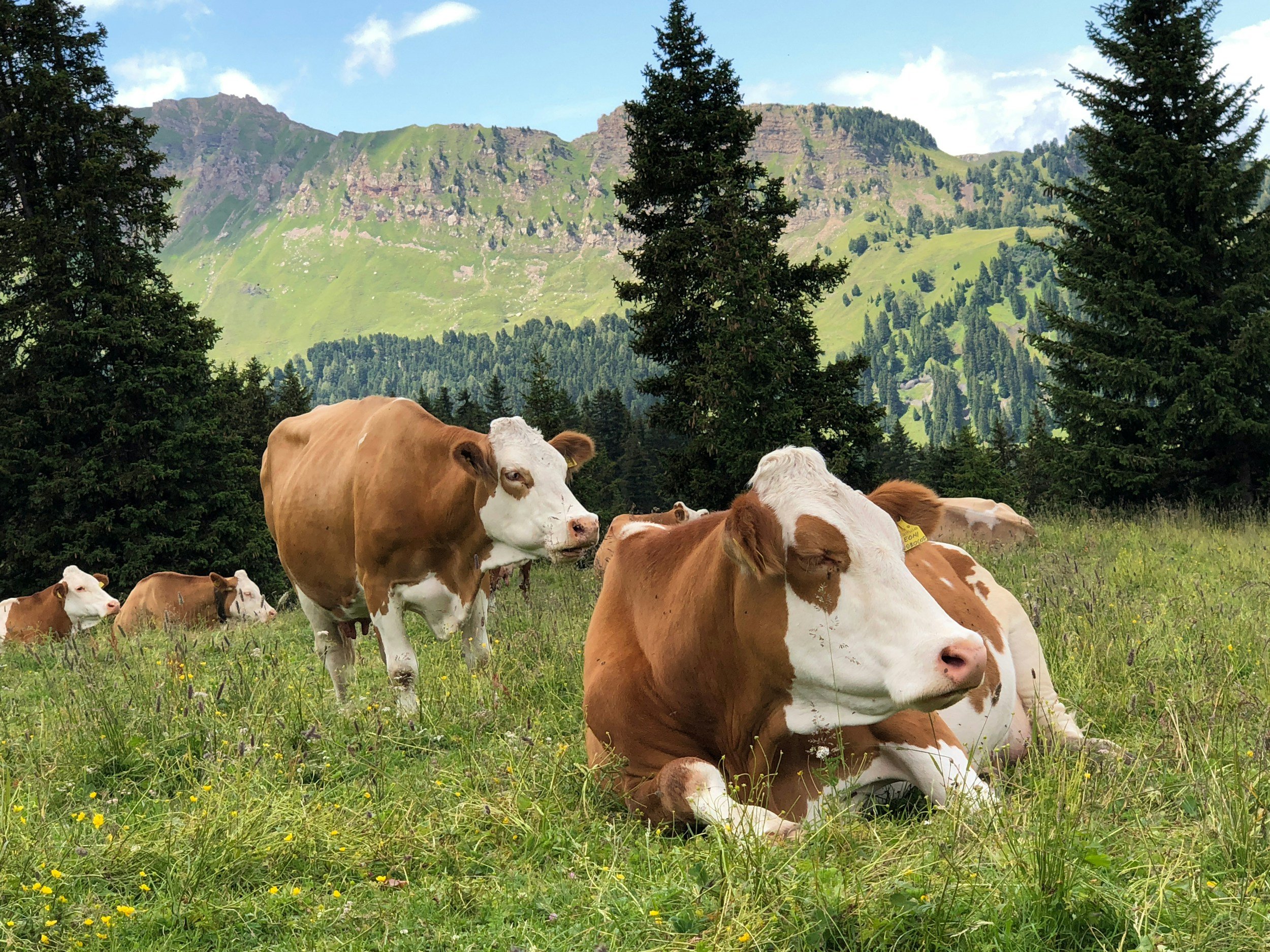
The History of 4-H BC
100 Years In The Making!
The object (of these competitions) is to train the heads and hands of the boys and girls; to give them broad and big hearts; to improve their health by giving them an interest in outdoor life; and to encourage on the part of all British Columbia citizens, a stronger and more intelligent interest in agriculture.

Such was the goal of the 4-H movement when it started in 1914 in British Columbia. During this first year, over 200 young people between the ages of 10 and 18 were involved in competitions sponsored by the Department of Agriculture. Originally the program focused on potatoes as a project but was expanded later that year to include poultry in order to interest more youth and to widen the influence of progressive farming practices on the BC farming community.
Clubs were originally known as Boys and Girls clubs until they were renamed 4-H clubs in 1952 to more clearly represent the four Hs - head, heart, hands and health. Swine, beef, dairy, corn, potato and poultry projects were popular in the early years, with the Department of Agriculture being instrumental in providing project training, instruction in judging and, support.
The 1950's and 60's
In the 1950's and 60's, more effort was placed on recruiting and training volunteer leaders to assist with the clubs. While project training continued to be an important part of the program, the development of the individual 4-H member was given greater emphasis with a focus on public speaking, judging, citizenship and self-development. Provincial Club Week began in the 1960s as did member travel to national 4-H programs in Canada and the United States.
In 1965, the Provincial Advisory Council (now called the 4-H British Columbia Provincial Council) had its first meeting. Today the Council, comprised of volunteer representatives from each of the eight 4-H regions across the British Columbia and the Yukon, continues to be the policy making body for the 4-H British Columbia organization.
The 1970's and 80's
In the 1970s and 80s, non-agricultural 4-H projects including crafts, environment, and outdoor living, were introduced as more non-farm youth joined the 4-H Program.
Since the start, the BC Ministry of Agriculture has been highly supportive of our Program. Through the current partnership agreement, the 4-H Provincial Council is responsible for administration, management, policy making, marketing and sponsorship for the provincial 4-H Program. The Council currently employs five staff members to carry out these responsibilities in concert with the Council and its committees. Operating out of the office in Vernon, the staff consists of a Manager, Administrative Coordinator, Fund Development Coordinator, Program Coordinator, and a Communications and Marketing Coordinator. Ministry Youth Community Development Programs staff are responsible for leadership training and program development and delivery. This partnership encourages 4-H's increasing responsibility and ownership of its own program.
The 90's to Today
Today, almost 3,000 young people between the ages of 6 and 21, together with thousands of volunteer leaders, families, alumni and sponsors, make up the 4-H Program in British Columbia. Horse, beef and sheep projects are the most popular, however, increasingly more members are enrolling in projects such as dog, rabbit, swine, llama, Cloverbuds and others! There are abundant opportunities for both members and leaders - travel, training and education, scholarships, ambassadorship, fun and friendships. 4-H is cross-generational! Many former members whose parents were club leaders, become leaders themselves as their children enter the 4-H program.
2014 marked the 100th anniversary of 4-H in British Columbia. While 4-H has changed and evolved a great deal since its start in 1914, the impact of the program on our young people is as relevant today as it was back then. 4-H continues to teach young people to successfully meet the challenges not only of their own futures but also the future of their communities. From the 6-year-old Cloverbud member to the 21-year-old 4-H Ambassador, the 4-H program continues to be a fantastic training ground for life.




